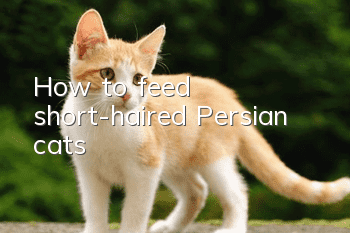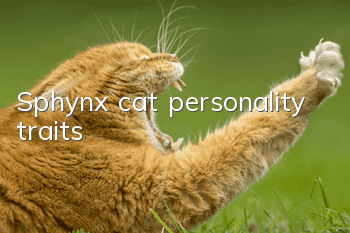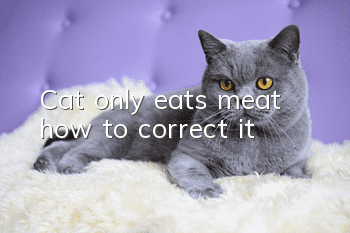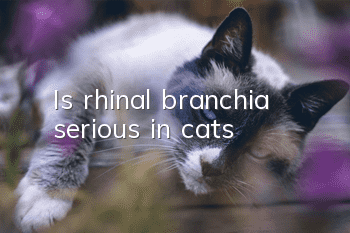How to feed short-haired Persian cats

The feeding methods are the same, but it is worth noting that owners should pay more attention to long-haired Persian cats in terms of hair care.
1. The food plate of short-haired Persian cats must be used permanently and cannot be replaced casually. Cats are very sensitive to changes in their food trays and sometimes refuse to eat because their food trays are changed. Keep food dishes clean. Newspaper or plastic paper can be placed under the food plate to prevent the sound of the food plate sliding and make it easy to clean. Every time the cat eats leftover food, throw it away or put it away. Mix it with fresh food and cook it before feeding it next time.
2. Feeding should be done at a fixed time. Once the short-haired Persian cat's "meal" biological clock is formed, it is relatively fixed and should not be changed at will. The place where cat food is placed should be fixed. Cats do not like to eat in places with noisy noises or strong light. If guests come to visit, do not let the guests look at your cat while the cat is eating. The appearance of strangers will greatly reduce the cat's appetite. appetite.
3. Short-haired Persian cats have the bad habit of picking up food with claw hooks or taking food out of the food plate to eat. Once this phenomenon is discovered, it must be corrected immediately.
4. Short-haired Persian cats like to eat warm food. Cold food and cold food not only affect the cat’s appetite, but can also easily cause digestive disorders. Under normal circumstances, the appropriate temperature of food is 30 to 40 degrees. Food taken out of the refrigerator should be heated before feeding. Cats sometimes eat grass to promote digestion.
5. Although short-haired Persian cats do not drink much water, they must have sufficient clean drinking water. The cat's drinking water must be clean water, and the water must be changed every day. The drinking basin can be placed on the side of the food dish so that the cat can drink freely when he is thirsty.
6. Pay attention to the cat’s appetite at any time. There are many reasons that affect a cat’s appetite, mainly including feed, environment and disease. If the cat's food is single and stale, or the smell, concentration, and taste of the food are not to their liking, the cat will refuse to eat. If the cat feed is formulated with more variety and better palatability, the cat can always maintain a high appetite. In addition, the food should not be too flavorful or too salty. Cats like to eat sweets or fishy foods. In addition, strong light, noise, the presence of strangers or interference from other animals can affect the cat's appetite. If these two factors have improved, but the cat's appetite is still not improving, it may be that the cat is sick, and you should ask a veterinarian for diagnosis and treatment in time.
7. Cats are very clean and tidy animals. Bathing a cat not only makes the cat beautiful and clean, but also prevents and treats cat skin diseases and external parasite infections, and has fitness and disease prevention effects such as promoting the cat's blood circulation and metabolism. Bathing your cat regularly is not only beneficial to your cat’s cleanliness and health, but also helps to maintain a hygienic indoor environment and deepen your bond with your cat. Therefore, bathing is very important for cats.
- How many months does it take for a Ragdoll cat to open its face?
- What are the signs of pregnancy in Ragdoll cats?
- Are Ragdoll cats prone to getting sick? Common diseases and prevention of Ragdoll cats!
- What will happen if cats use human shower gel? Can American shorthair cats use human shower gel when bathing?
- Why do orange cats like to shed so much?
- Can cats drink tea water?
- Why does the cat never gain weight?
- Do not put a collar on your cat, it may kill the cat!
- Signs of British short hair and cheeks
- Does a cat always lick its fur have any effect on its gastrointestinal condition?



